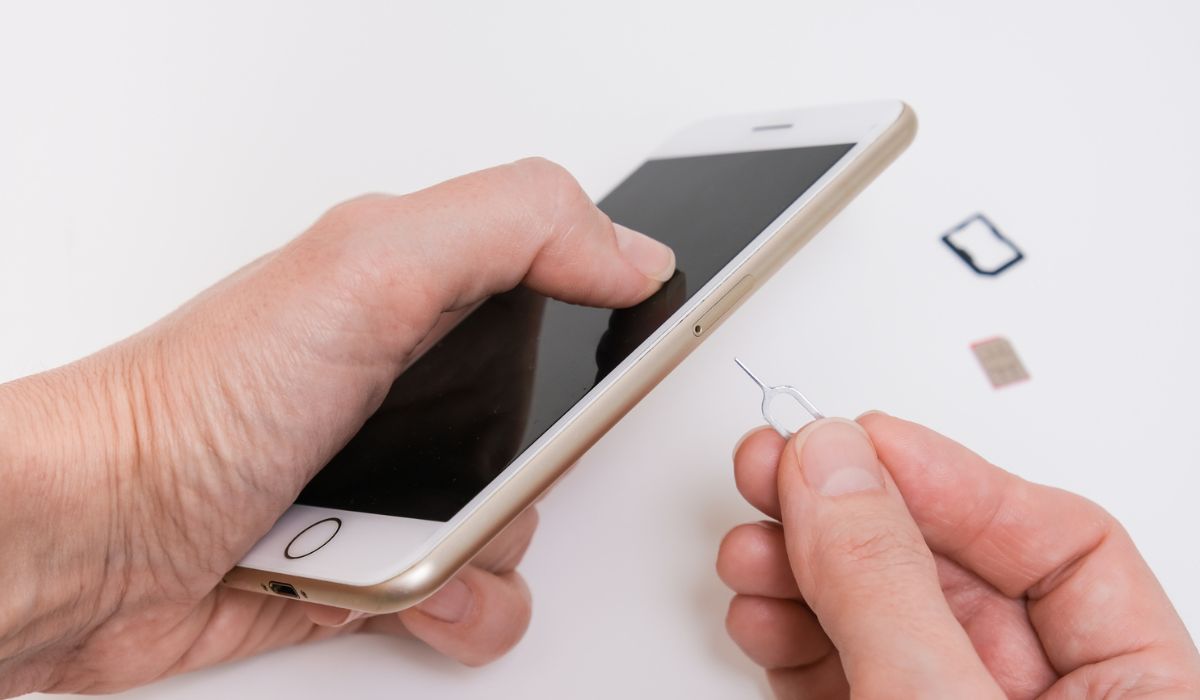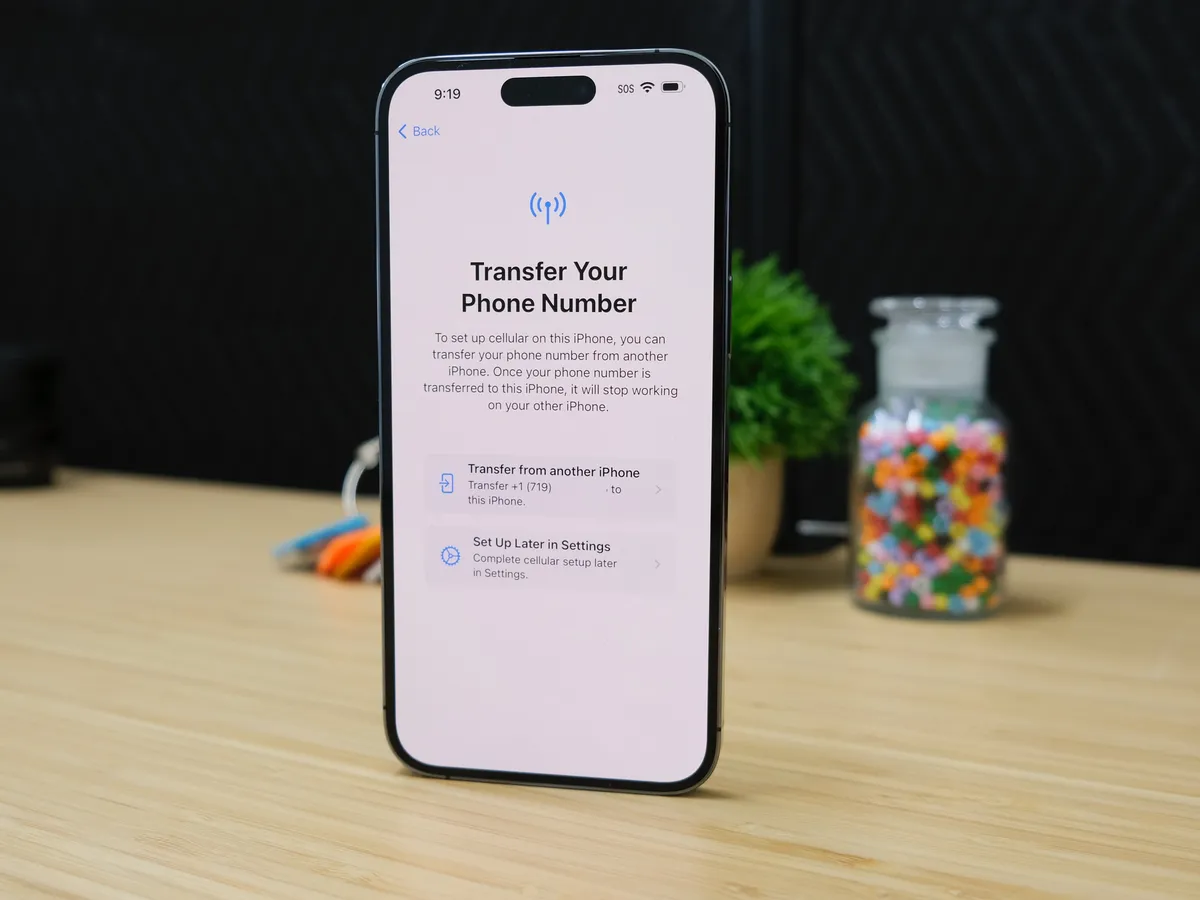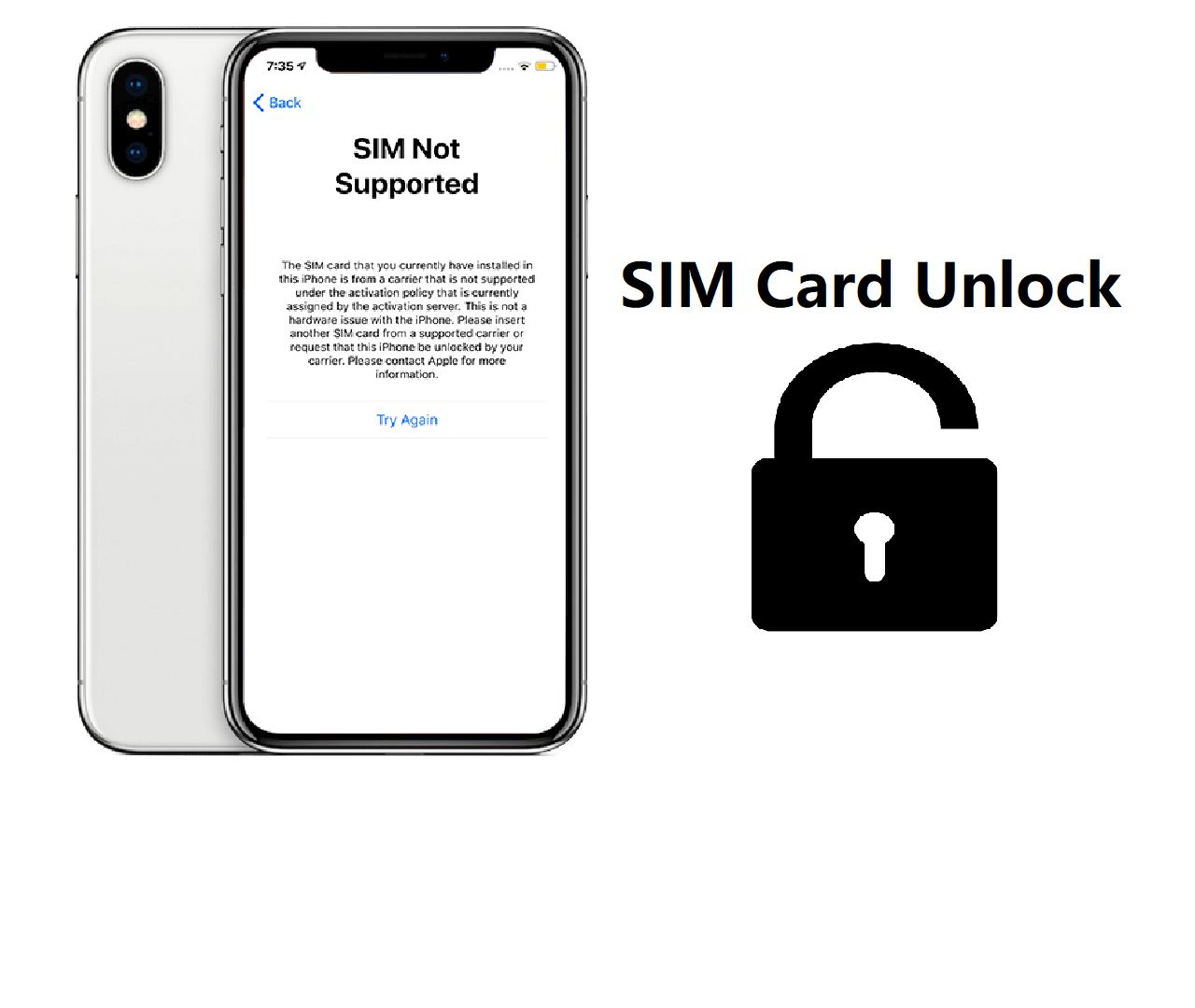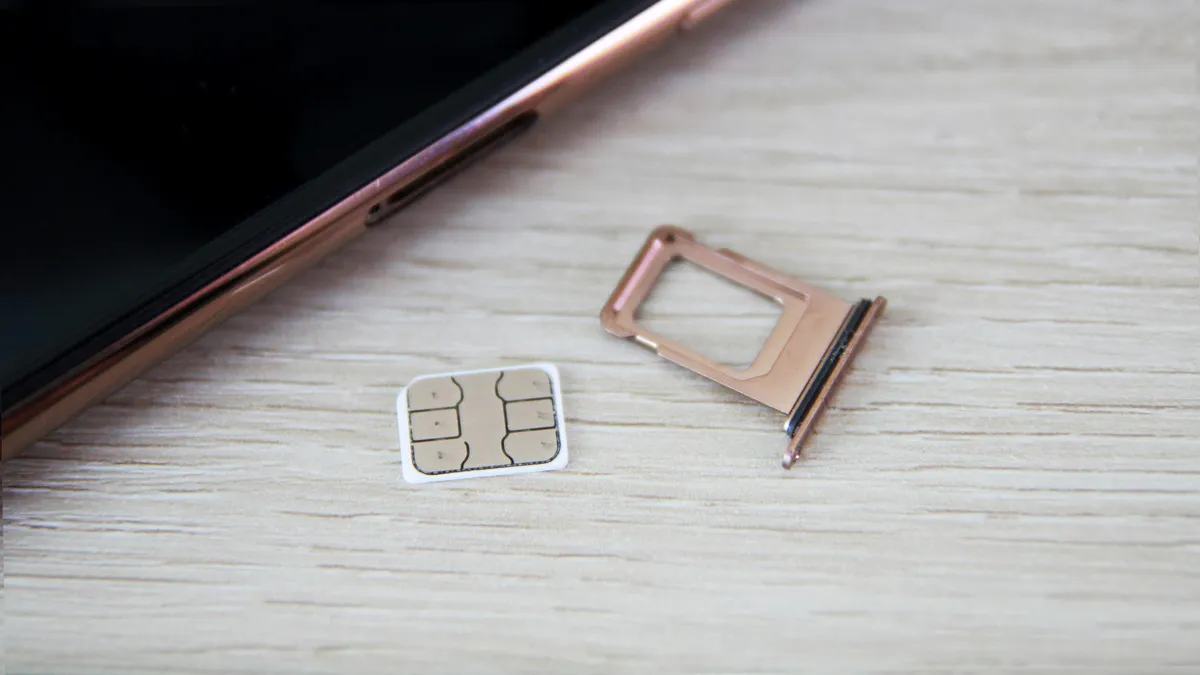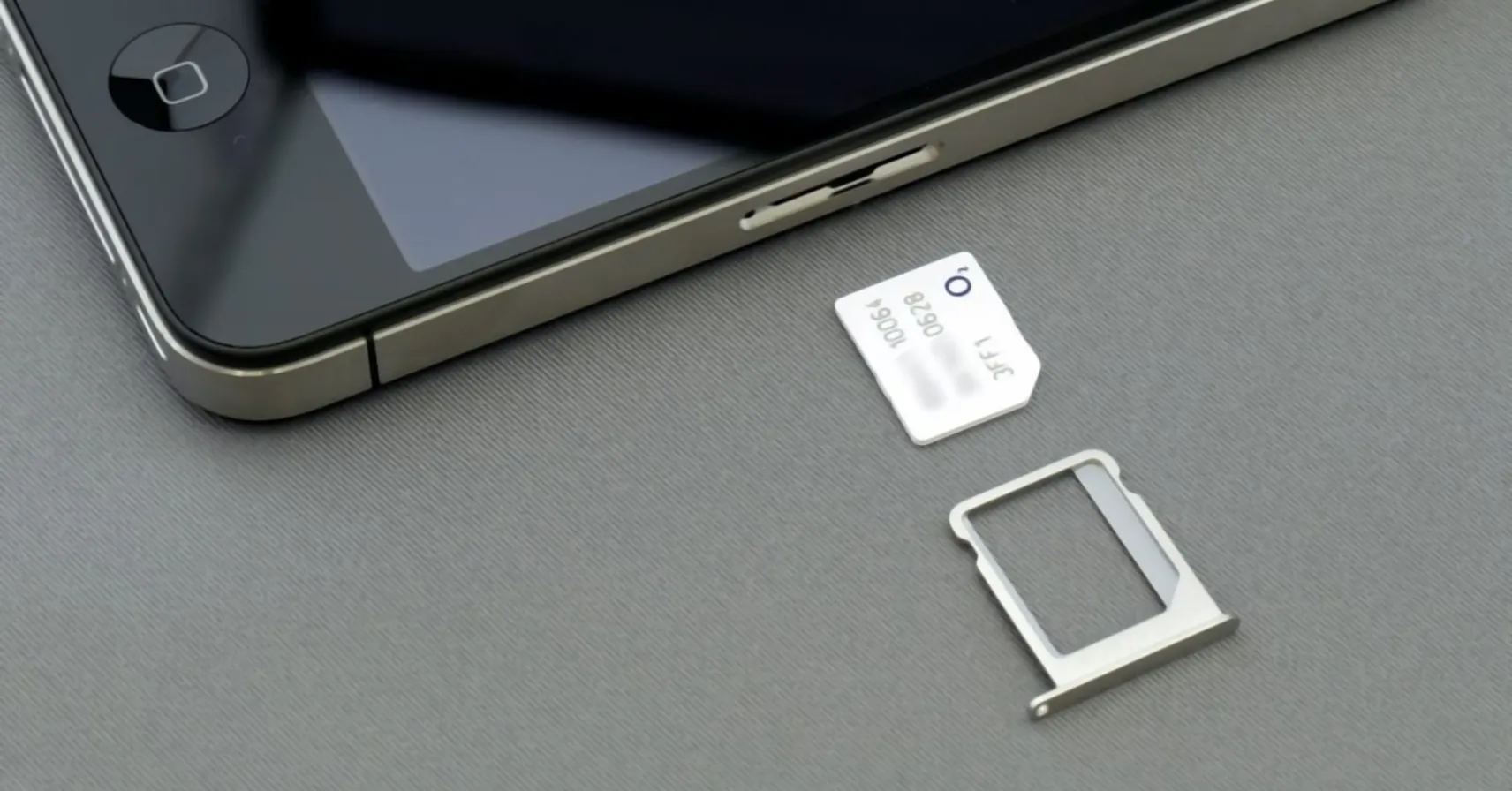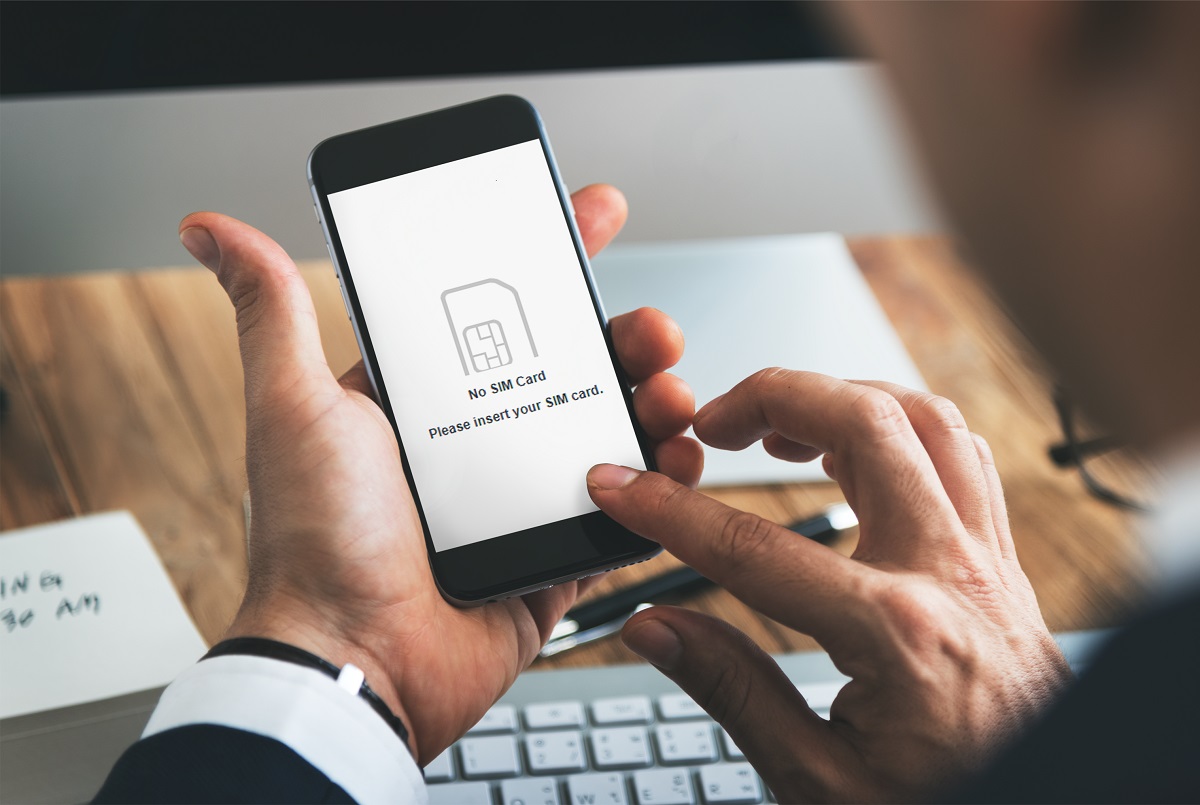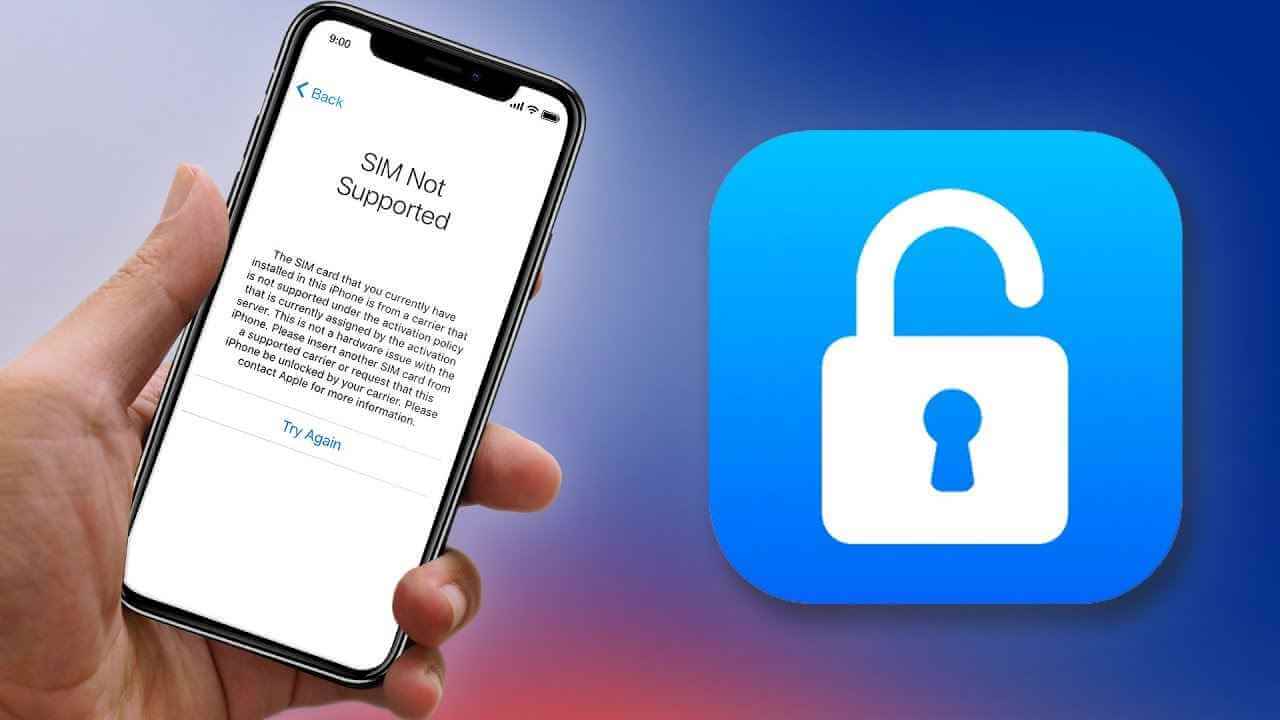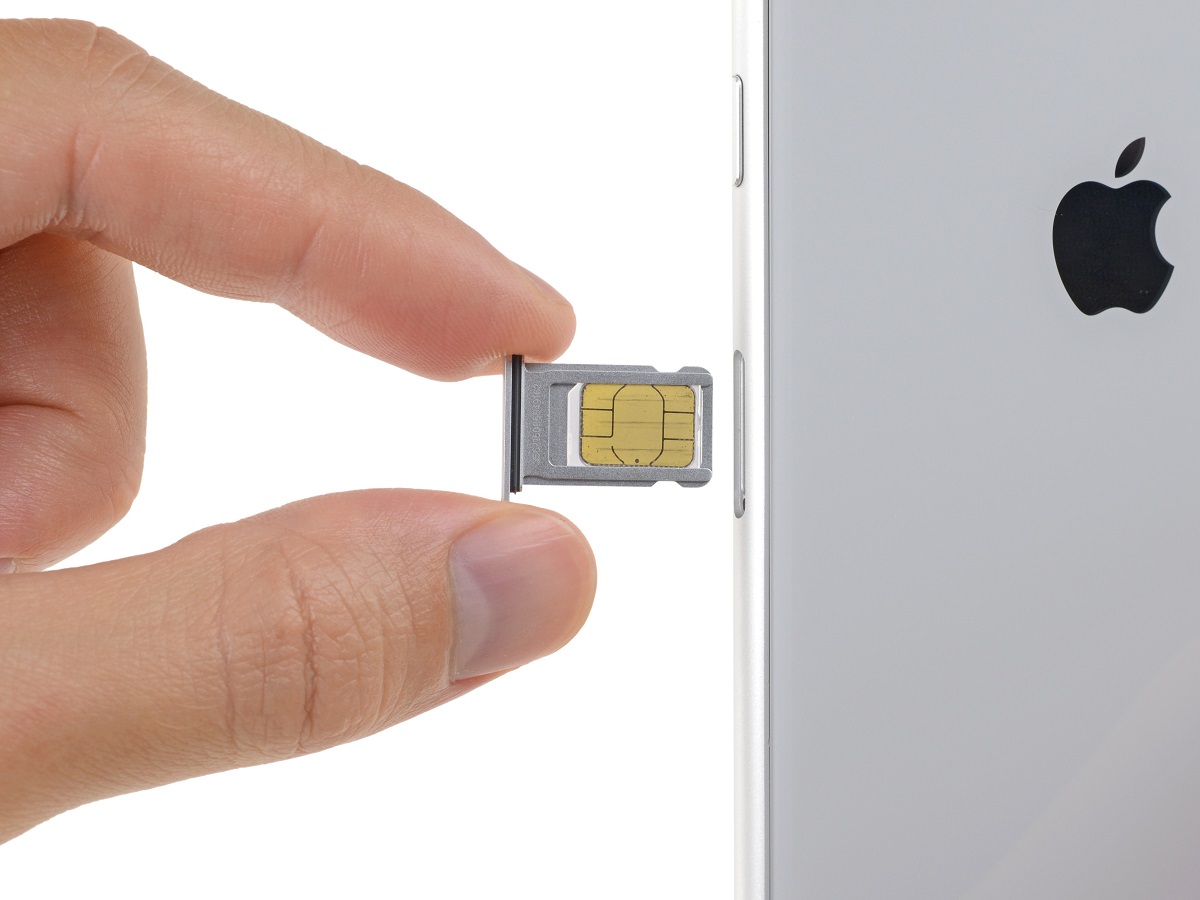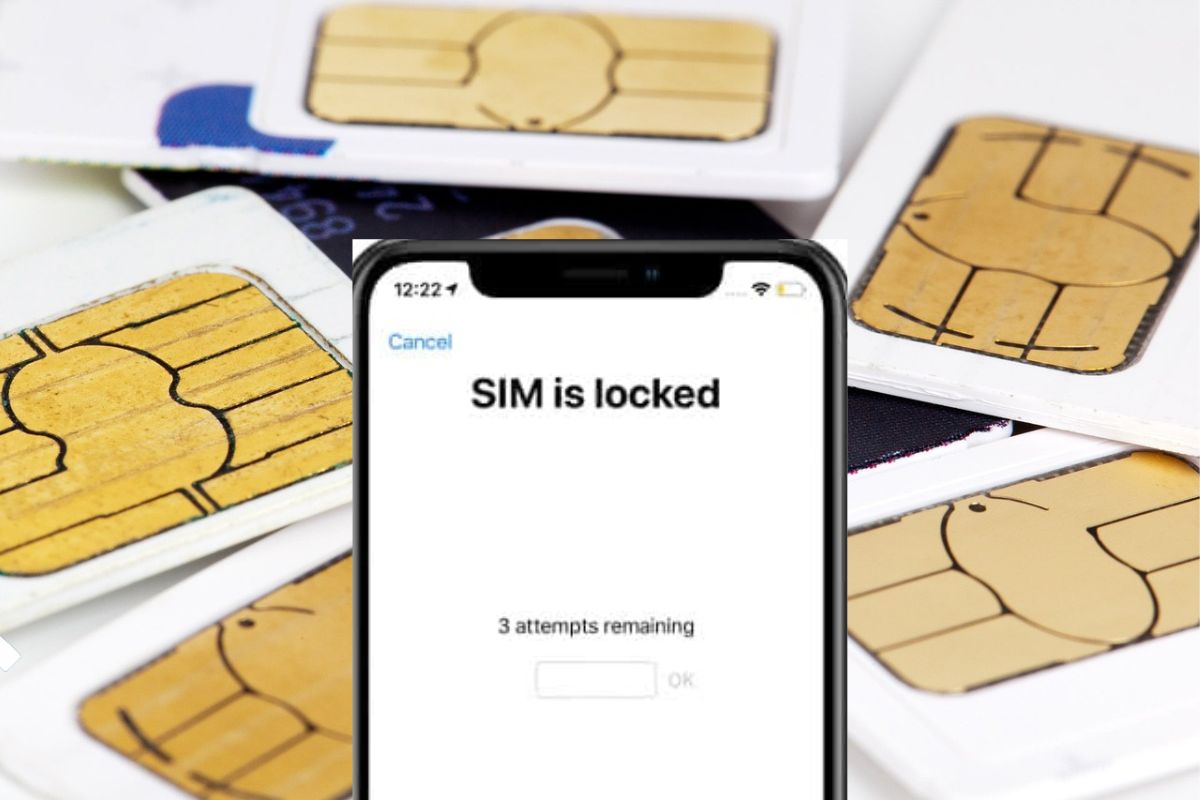Introduction
In today's digital age, our smartphones have become an indispensable part of our daily lives. From staying connected with loved ones to managing our finances and accessing a myriad of apps, our iPhones hold a treasure trove of personal information. With this in mind, it's crucial to prioritize the security of our devices, and one often overlooked aspect of iPhone security is the protection of the SIM card.
The Subscriber Identity Module (SIM) card is a small, removable card that stores crucial information such as the user's identity, contacts, and text messages. While many iPhone users focus on setting up passcodes and biometric authentication, they may not realize that their SIM card can be vulnerable to unauthorized access.
In this guide, we will delve into the importance of securing your iPhone's SIM card and provide a comprehensive overview of how to lock it for enhanced protection. By implementing these measures, you can safeguard your personal data and prevent unauthorized usage of your SIM card, thereby bolstering the overall security of your iPhone.
Now, let's explore the concept of SIM card locking and understand why it is a crucial aspect of iPhone security.
What is a SIM Card Lock?
A SIM card lock, also known as a SIM PIN, is a security feature that adds an extra layer of protection to your iPhone's SIM card. When enabled, it requires a unique Personal Identification Number (PIN) to be entered each time the iPhone is powered on or the SIM card is inserted. This means that even if someone gains physical access to your iPhone, they won't be able to use the SIM card without entering the correct PIN.
By default, most SIM cards come with a predefined PIN code, often set as 1234 or 0000. It's essential to change this default PIN to a custom, more secure code to prevent unauthorized access to your SIM card. This can be done through the iPhone's settings, ensuring that only those who know the PIN can use the SIM card.
The SIM card lock feature provides an added layer of security in the event that your iPhone is lost or stolen. Without the correct PIN, the SIM card becomes inaccessible, thwarting any attempts to make calls, send texts, or access mobile data using your SIM card.
Furthermore, the SIM card lock helps prevent unauthorized SIM card swapping. In cases where thieves attempt to replace your SIM card with a different one to gain access to your phone number and associated accounts, the SIM card lock acts as a deterrent. Even if they manage to physically swap the SIM card, they would still need to input the correct PIN to activate it.
In essence, the SIM card lock is a vital security measure that safeguards the data stored on your SIM card and prevents unauthorized usage of your mobile network services. It complements the overall security features of your iPhone, working in tandem with passcodes, biometric authentication, and other security protocols to fortify the protection of your personal information.
With a clear understanding of what a SIM card lock entails, let's delve deeper into the reasons why it's essential to lock your SIM card on your iPhone.
Why Should You Lock Your SIM Card?
Securing your iPhone's SIM card through the implementation of a SIM card lock is paramount for several compelling reasons. Let's explore the pivotal aspects that underscore the significance of locking your SIM card:
Protection of Personal Data
Locking your SIM card is a proactive measure to safeguard sensitive personal data stored on the SIM card. This includes contact information, text messages, and other details that could be exploited if the SIM card falls into the wrong hands. By requiring a PIN for access, the SIM card lock acts as a barrier against unauthorized individuals attempting to extract or manipulate your personal data.
Mitigation of Unauthorized Usage
Without a SIM card lock, unauthorized individuals who gain physical access to your iPhone can potentially misuse your SIM card for making calls, sending texts, and accessing mobile data. By enforcing a SIM PIN, you prevent unauthorized usage of your mobile network services, effectively thwarting any illicit activities that could occur using your SIM card.
Prevention of Identity Theft
In the event of a lost or stolen iPhone, a locked SIM card serves as a critical defense against identity theft and unauthorized usage of your mobile services. By requiring a PIN to access the SIM card, you significantly reduce the risk of malicious actors exploiting your phone number and associated accounts for fraudulent activities or unauthorized communications.
Deterrent Against SIM Swapping Attacks
SIM swapping, a method used by cybercriminals to take control of a victim's phone number and associated accounts, can be mitigated through the use of a SIM card lock. By necessitating the entry of a PIN, the SIM card lock acts as a deterrent against unauthorized SIM swapping attempts, bolstering the overall security of your mobile network services.
Enhanced Overall Security
Locking your SIM card complements the existing security features of your iPhone, such as passcodes, biometric authentication, and device encryption. This multi-layered approach fortifies the overall security of your device and the data it holds, providing peace of mind and a heightened level of protection against unauthorized access and exploitation.
In essence, the decision to lock your SIM card on your iPhone is a proactive step toward fortifying the security of your personal data and mobile network services. By understanding the compelling reasons to implement a SIM card lock, you can make informed choices to enhance the protection of your iPhone and the sensitive information it contains.
How to Lock Your SIM Card on iPhone
Securing your iPhone's SIM card through the activation of a SIM card lock is a straightforward process that adds a crucial layer of protection to your device. Follow these steps to lock your SIM card on your iPhone:
-
Access SIM PIN Settings: Begin by navigating to the "Settings" app on your iPhone. Scroll down and tap on "Phone" to access the phone settings.
-
Select SIM PIN: Within the "Phone" settings, tap on "SIM PIN" to configure the SIM card lock. You may be prompted to enter your current SIM PIN if you have already set one.
-
Enable SIM PIN: Toggle the switch to enable the SIM PIN. Once enabled, you will be prompted to enter the default PIN provided by your mobile carrier. This default PIN is typically set as 1234 or 0000, but it's crucial to verify this with your carrier.
-
Enter New PIN: After entering the default PIN, you will be prompted to set a new, custom PIN for your SIM card. Choose a secure, memorable PIN that is not easily guessable. Avoid using common sequences or easily identifiable numbers for enhanced security.
-
Confirm New PIN: Re-enter the new PIN to confirm and finalize the SIM card lock setup.
-
Restart iPhone: Once the new PIN is confirmed, restart your iPhone to ensure that the SIM card lock settings are applied.
By following these steps, you effectively activate the SIM card lock on your iPhone, bolstering the security of your SIM card and the personal data it holds. It's important to note that after enabling the SIM PIN, you will be prompted to enter the PIN each time your iPhone is powered on or the SIM card is inserted. Ensure that you memorize your custom PIN or store it in a secure location to prevent lockouts.
Additionally, it's advisable to test the SIM card lock by powering off and restarting your iPhone to verify that the PIN is required for access. This proactive approach allows you to confirm that the SIM card lock is functioning as intended, providing peace of mind regarding the security of your SIM card.
By proactively locking your SIM card on your iPhone, you take a significant step toward fortifying the overall security of your device and protecting the sensitive data stored on your SIM card. This simple yet impactful security measure contributes to a more robust defense against unauthorized access and potential exploitation of your mobile network services.
In essence, the process of locking your SIM card on your iPhone is a fundamental aspect of enhancing the security posture of your device, ensuring that your personal data remains safeguarded from unauthorized access and misuse.
Tips for Securing Your iPhone
Ensuring the security of your iPhone extends beyond the implementation of a SIM card lock. Here are additional tips to fortify the overall security of your device and protect your personal data:
1. Regular Software Updates
Stay proactive by keeping your iPhone's operating system and apps up to date. Software updates often include security patches that address potential vulnerabilities, making it essential to install updates as soon as they become available.
2. Enable Find My iPhone
Activate the "Find My iPhone" feature, which allows you to locate your device if it's lost or stolen. This feature also enables you to remotely lock or erase your iPhone to prevent unauthorized access to your data.
3. Use Strong, Unique Passwords
Utilize strong, unique passwords for your Apple ID, iCloud account, and other essential services. Consider using a reputable password manager to generate and securely store complex passwords for added protection.
4. Implement Two-Factor Authentication
Enable two-factor authentication for your Apple ID to add an extra layer of security. This feature requires a verification code in addition to your password when signing in, mitigating the risk of unauthorized access to your account.
5. Disable Lock Screen Notifications
Protect your privacy by disabling sensitive information from appearing on the lock screen. This prevents unauthorized individuals from viewing your notifications without unlocking your iPhone.
6. Exercise Caution with Public Wi-Fi
Exercise caution when connecting to public Wi-Fi networks, as they can pose security risks. Consider using a virtual private network (VPN) to encrypt your internet traffic and enhance your online privacy and security.
7. Enable Auto-Lock and Passcode
Set a shorter auto-lock duration for your iPhone and enable a strong passcode to prevent unauthorized access. This ensures that your device locks automatically after a period of inactivity, safeguarding your data if your iPhone is misplaced or stolen.
8. Review App Permissions
Regularly review the permissions granted to apps on your iPhone. Restrict access to sensitive data such as location, contacts, and photos, ensuring that only trusted apps have access to your personal information.
By implementing these tips, you establish a robust security framework for your iPhone, safeguarding your personal data and enhancing the overall protection of your device against potential security threats.
These proactive measures contribute to a more secure and resilient iPhone, providing peace of mind and mitigating the risk of unauthorized access or exploitation of your sensitive information.
Conclusion
In conclusion, prioritizing the security of your iPhone's SIM card through the implementation of a SIM card lock is a fundamental step toward fortifying the overall protection of your device and the sensitive data it holds. By understanding the significance of locking your SIM card and following the steps to activate the SIM card lock on your iPhone, you establish a robust defense against unauthorized access and potential exploitation of your mobile network services.
The SIM card lock serves as a critical safeguard, mitigating the risk of unauthorized SIM card usage, identity theft, and SIM swapping attacks. By requiring a unique PIN for access, the SIM card lock adds an additional layer of security that complements the existing protective measures of your iPhone, contributing to a more resilient defense against potential security threats.
Furthermore, the tips provided for securing your iPhone encompass proactive measures that bolster the overall security posture of your device. From regular software updates and the activation of Find My iPhone to the implementation of strong passwords and two-factor authentication, these additional security practices contribute to a comprehensive approach to safeguarding your personal data and enhancing the protection of your iPhone.
By adopting these security measures, you not only fortify the defense of your iPhone against potential threats but also foster a heightened sense of confidence in the security and privacy of your personal information. The proactive steps taken to secure your iPhone and SIM card contribute to a more resilient and robust security posture, ensuring that your device remains safeguarded from unauthorized access and potential exploitation.
In essence, the commitment to securing your iPhone's SIM card and implementing additional security measures underscores your dedication to safeguarding your personal data and maintaining a secure digital environment. By prioritizing the security of your iPhone, you empower yourself with the knowledge and tools to mitigate potential risks and protect your sensitive information, ultimately fostering a safer and more secure mobile experience.
As technology continues to evolve, embracing a proactive approach to iPhone security and staying informed about best practices for safeguarding personal data are essential. By integrating these security measures into your digital lifestyle, you contribute to a more secure and resilient mobile ecosystem, ensuring that your iPhone remains a trusted and protected hub for communication, productivity, and connectivity.







